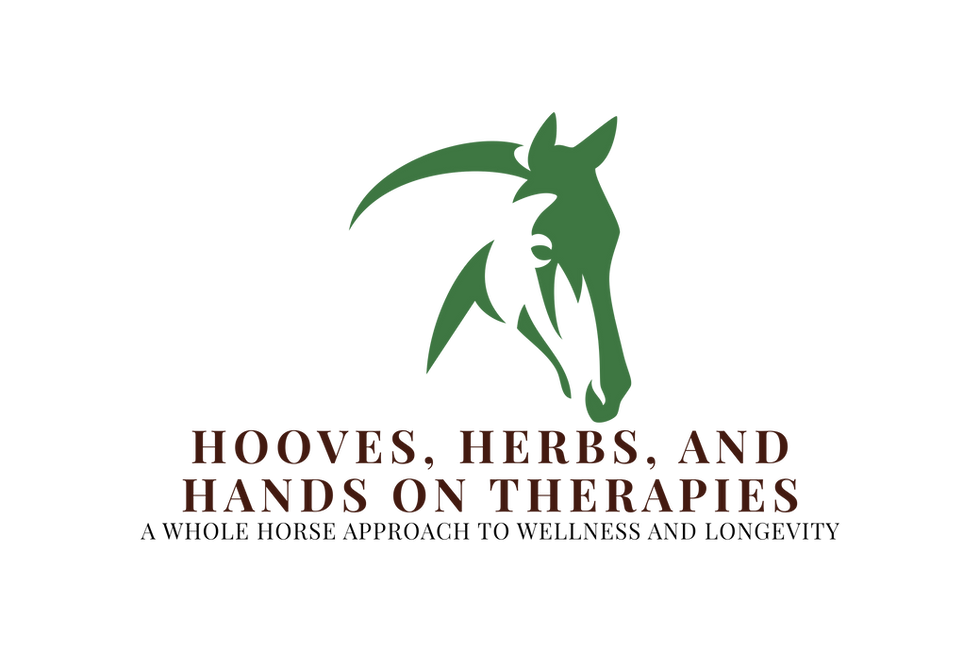Understanding the Essentials of Equine Bodywork
- Cristina Tomas

- Sep 22
- 4 min read
Equine bodywork is a vital practice that supports the health and well-being of horses. It involves various techniques designed to improve a horse’s physical condition, relieve pain, and enhance performance. Whether you are a horse owner, trainer, or enthusiast, understanding the fundamentals of equine bodywork can help you make informed decisions about your horse’s care.
The Importance of Equine Bodywork
Equine bodywork plays a crucial role in maintaining a horse’s overall health. Horses, like athletes, experience muscle tension, stiffness, and injuries that can affect their movement and comfort. Bodywork helps to:
Increase circulation to muscles and tissues
Reduce muscle tension and soreness
Improve flexibility and range of motion
Promote relaxation and reduce stress
Aid in injury prevention and recovery
Regular bodywork sessions can enhance a horse’s performance, whether in competition or leisure riding. It also supports horses recovering from injuries by promoting faster healing and reducing scar tissue formation.
Different Techniques Used in Equine Bodywork
There are several techniques used in equine bodywork, each with specific benefits. Some of the most common methods include:
Massage Therapy: This involves manipulating the soft tissues to relieve tension and improve circulation. Techniques such as effleurage, petrissage, and friction are used to target different muscle groups.
Stretching: Gentle stretching helps improve flexibility and range of motion. It can be passive (performed by the therapist) or active (encouraging the horse to move).
Myofascial Release: This technique focuses on releasing restrictions in the fascia, the connective tissue surrounding muscles. It helps reduce pain and improve movement.
Trigger Point Therapy: Targeting specific points of muscle tightness or knots, this method helps alleviate localized pain and discomfort.
Chiropractic Adjustments: Some equine bodyworkers are trained in chiropractic care, which involves adjusting the horse’s spine and joints to improve alignment and function.
Each technique can be tailored to the horse’s individual needs, making equine bodywork a versatile and effective approach to equine care.
What is equine massage therapy?
Equine massage therapy is a specialized form of bodywork that focuses on the muscles and soft tissues of horses. It is designed to promote relaxation, reduce muscle tension, and improve circulation. This therapy can be particularly beneficial for horses involved in sports or those recovering from injury.
During a session, the therapist uses various hand techniques to manipulate the horse’s muscles. These may include kneading, stroking, and applying pressure to specific areas. The goal is to release muscle tightness, improve blood flow, and enhance the horse’s overall comfort.
One of the key benefits of equine massage therapy is its ability to detect early signs of injury or discomfort. Skilled therapists can identify areas of tension or imbalance before they develop into more serious problems. This proactive approach helps maintain the horse’s health and performance.
How to Choose a Qualified Equine Bodyworker
Selecting the right professional for equine bodywork is essential to ensure your horse receives safe and effective care. Here are some tips to help you choose a qualified practitioner:
Check Credentials: Look for certifications from recognized equine bodywork organizations. Training and experience in specific techniques are important.
Ask for References: Speak with other horse owners or trainers who have used the bodyworker’s services.
Observe a Session: If possible, watch a session to see how the therapist interacts with the horse and applies techniques.
Discuss Your Horse’s Needs: A good bodyworker will take the time to understand your horse’s history, health status, and goals.
Ensure Communication: The therapist should provide clear explanations and recommendations for ongoing care.
By choosing a knowledgeable and compassionate bodyworker, you can help your horse enjoy the full benefits of equine bodywork.
Practical Tips for Supporting Your Horse’s Bodywork at Home
In addition to professional sessions, there are ways you can support your horse’s well-being through simple practices at home:
Regular Grooming: Brushing helps stimulate circulation and can be a gentle form of massage.
Warm-Up and Cool-Down: Before and after exercise, ensure your horse has adequate warm-up and cool-down periods to prevent muscle strain.
Stretching Exercises: Learn basic stretches to help maintain flexibility.
Proper Nutrition and Hydration: A balanced diet supports muscle health and recovery.
Monitor for Signs of Discomfort: Watch for changes in gait, behavior, or muscle tightness and consult a professional if needed.
Incorporating these habits into your routine can enhance the effects of professional bodywork and contribute to your horse’s long-term health.
Enhancing Your Horse’s Performance and Comfort
Equine bodywork is more than just a luxury - it is a valuable tool for improving your horse’s quality of life. Whether your horse is a competitive athlete or a beloved companion, regular bodywork can:
Prevent injuries by maintaining muscle balance
Speed up recovery from physical exertion or injury
Reduce stress and promote relaxation
Improve overall movement and comfort
By understanding and utilizing the essentials of equine bodywork, you can help your horse stay healthy, happy, and ready to perform at its best. Consider integrating professional bodywork sessions into your horse care routine and supporting these efforts with daily practices at home.
Taking a proactive approach to your horse’s physical health will pay dividends in their performance and well-being for years to come.





Comments